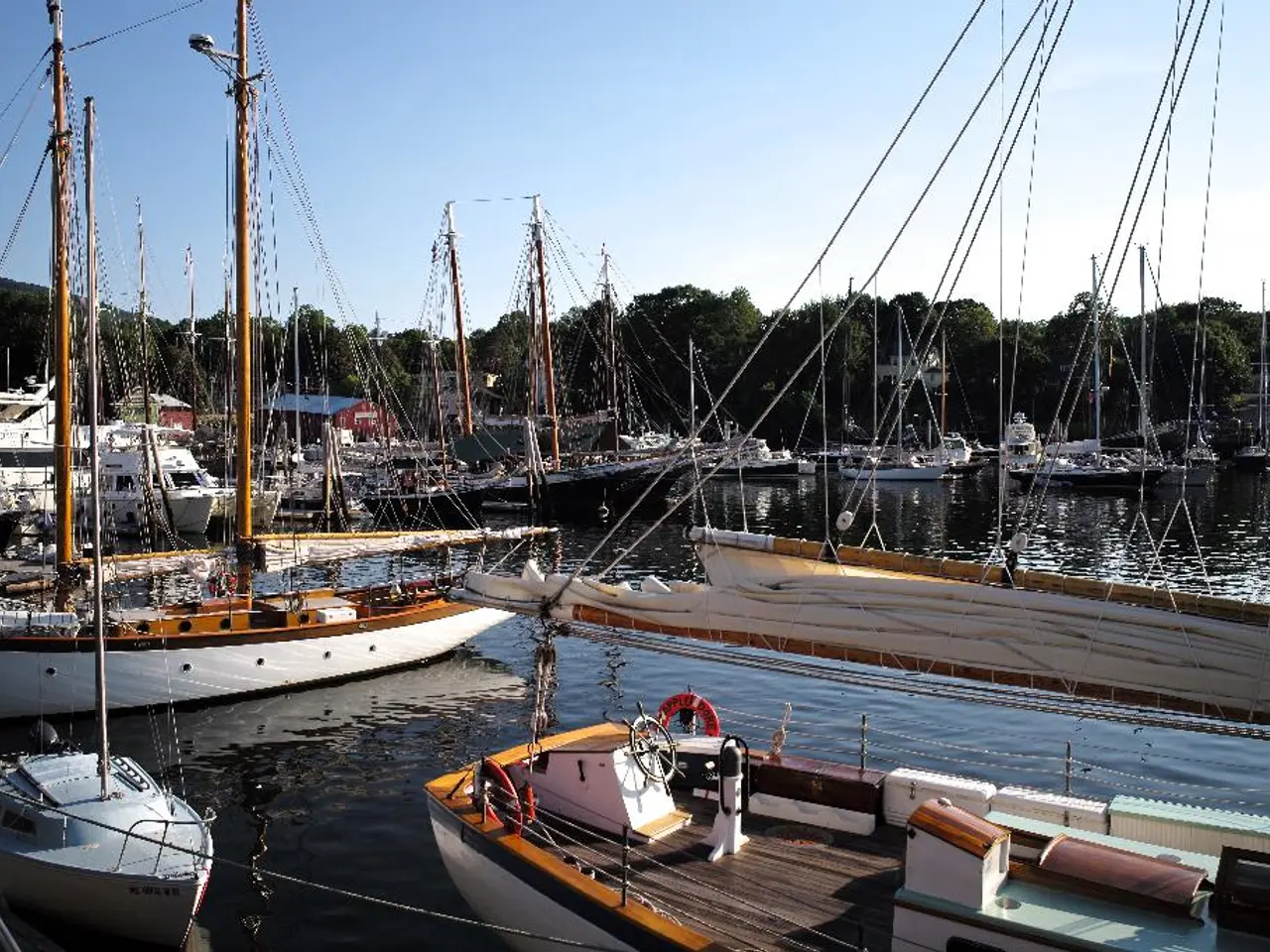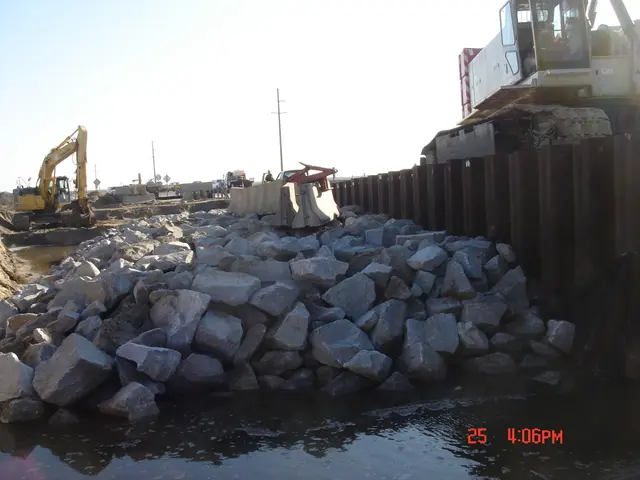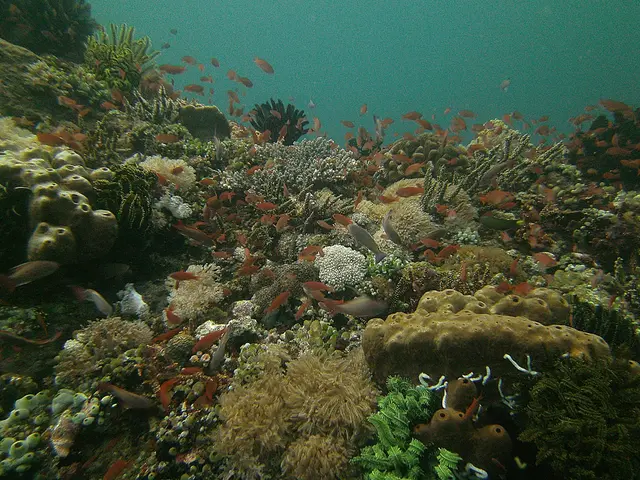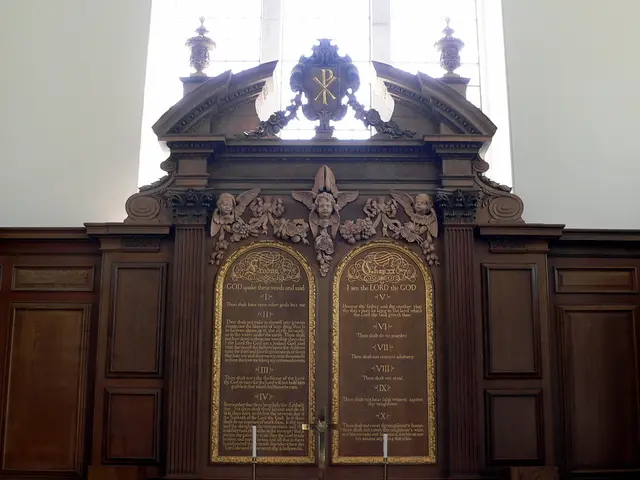NASA Invests $400M in Commercial Space Stations to Replace ISS
NASA is investing heavily in the future of space exploration, committing over $400 million to stimulate the development of commercial space stations as the International Space Station (ISS) approaches its decommissioning in 2030. This move ensures a continuous human presence in low-Earth orbit and supports ongoing research.
The ISS, a symbol of international cooperation since 1998, has been home to numerous groundbreaking experiments. Over 4,000 experiments have been conducted, leading to more than 4,400 research publications. However, its retirement in 2030 will mark the end of its occupied streak, potentially making China's Tiangong space station the longest continually inhabited.
NASA and its partners are not abandoning low-Earth orbit. Successful teams like Blue Origin, Sierra Space, Voyager Technologies, Airbus, Axiom Space, and Vast are developing commercial alternatives. Key milestones are planned between 2025 and 2030, with the Axiom Station's first module expected to launch in 2028. Vast aims for initial orbital tests around 2025-2026, while Orbital Reef targets readiness by 2027.
NASA's investment in commercial space stations ensures a seamless transition from the ISS. These new stations will continue to support research and maintain a human presence in low-Earth orbit, marking a new era in space exploration and development.
Read also:
- Overcoming Yielding Regulations Hurdles in Indian Export Sector for EU Markets
- Palisades Fire Threatens UCLA Neighborhoods, Resident Proposes Rezoning
- A community of individuals navigating the same journey of infertility stands together in camaraderie
- Vibrant Correspondence Between Elena and Camilla Unveiled







